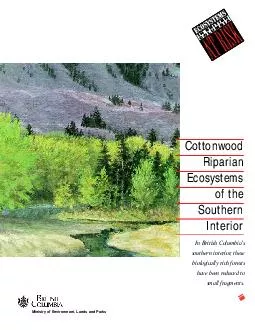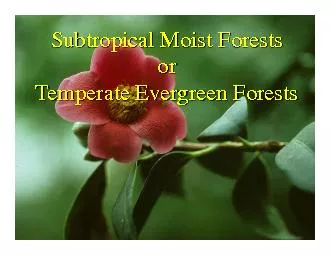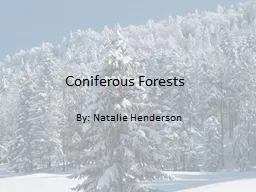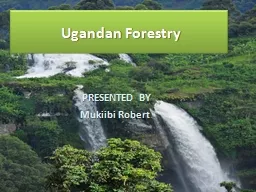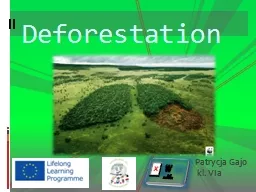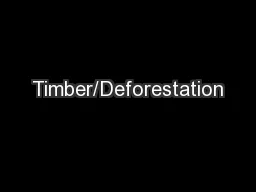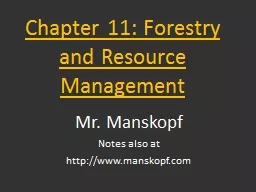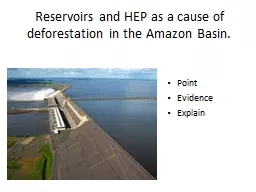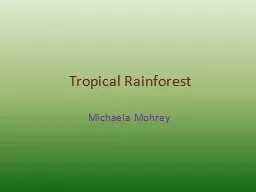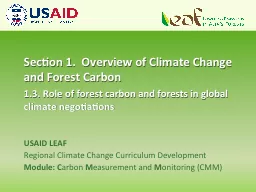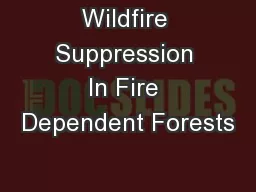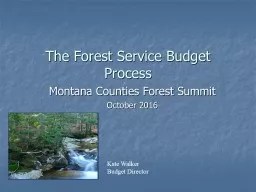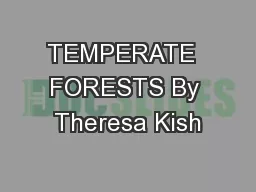PPT-Forests
Author : pasty-toler | Published Date : 2016-05-22
Today forests occupy approximately onethird of Earths land area account for over twothirds of the leaf area of land plants and contain about 70 of carbon present
Presentation Embed Code
Download Presentation
Download Presentation The PPT/PDF document "Forests" is the property of its rightful owner. Permission is granted to download and print the materials on this website for personal, non-commercial use only, and to display it on your personal computer provided you do not modify the materials and that you retain all copyright notices contained in the materials. By downloading content from our website, you accept the terms of this agreement.
Forests: Transcript
Download Rules Of Document
"Forests"The content belongs to its owner. You may download and print it for personal use, without modification, and keep all copyright notices. By downloading, you agree to these terms.
Related Documents


